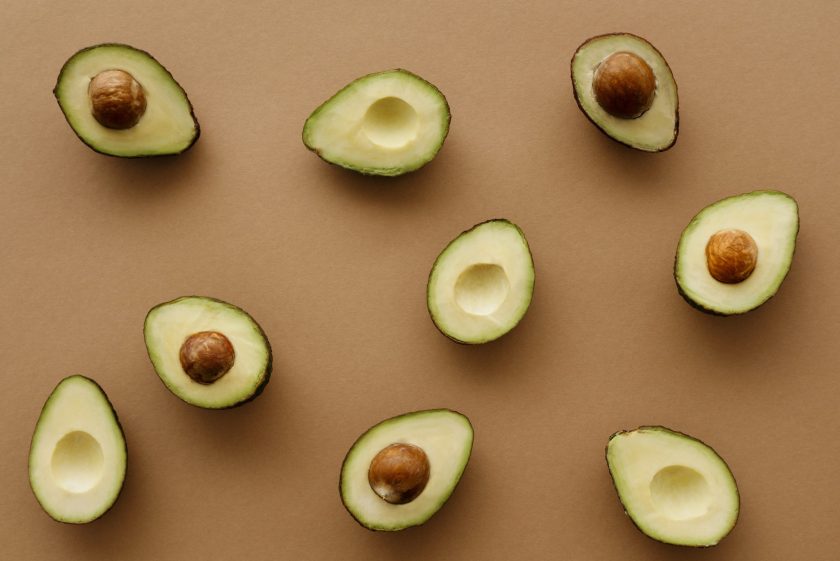The best things you can eat in pregnancy

One of the first questions you may have after finding out that you are pregnant may be what to eat! The good news is, it’s much more important to focus on what to include more of rather than things you need to cut out. The other good news: if you’re generally in good health, you most likely are already receiving all the necessary nutrients from your food to aid in your body’s changes and baby’s development. A prenatal vitamin is there for insurance: it literally supplements the possible gaps and gives you piece of mind to make sure you’re covering your bases. Because let’s be honest, it’s a lot harder to eat “healthy” when you’re in the throes of first trimester nausea!
In this post, we are sharing a list of the top pregnancy nutrients (and foods that have them), that you might want to consider incorporating into your diet or eating more of. Don’t be overwhelmed: these key nutrients and vitamins are found in everyday common foods that are most likely already in your current diet. But we’ve found it’s still helpful to know some small, beneficial changes you can make for you and baby’s overall health.
Folate
Folate is a B vitamin that assists in the prevention of neural tube defects and related abnormalities of the brain and spinal cord. Folate also helps the body form healthy red blood cells (RBCs). Folic acid is the synthetic version of folate and is the version added to fortified foods. The development and closure of the neural tube is completed within the first month after conception, which makes this the #1 nutrient to focus on preconception as well, so you can build up your body’s stores.
Make sure that your prenatal vitamin includes folate, which is the form that’s absorbable by everyone. Common food sources of folate include broccoli, green leafy vegetables such as cabbage or kale, chickpeas, kidney beans, lentils, beets or fortified grains such as specifically labeled breads and pastas.
Iron
Iron helps in the production of hemoglobin, which is a protein in RBCs that carries oxygen to the body’s organs and tissues. It also prevents anemia in pregnancy (more common than you’d think!) and low birth weight.
Recommended intake of iron on average is about 18 mg per day, while in pregnancy it should be increased to 27 mg. You may have iron in your prenatal, though note that the more of this you get from supplements, the more constipated you will be (ah!). Iron-rich foods include spinach, lentils, peas, soybeans, black beans, red meat, pumpkin seeds or pepitas, quinoa and tofu. Added bonus: add a squeeze of lemon to help with absorption!
Calcium
Calcium is vital for building the baby’s strong bones and teeth but also helps the muscular and nervous systems function efficiently. The daily recommendation is 1000 mcg.
Contrary to popular belief, calcium-rich food sources can be found beyond dairy products. Sources of calcium include chia seeds, white beans, hummus, almonds, collard greens, amaranth, edamame and even figs. Of course there are calcium-fortified milks, breads, and cereals as well.
Vitamin D
Vitamin D actually helps the body absorb calcium more efficiently, for both you and your baby. It is also essential for healthy muscle function, skin and eyes. The best way to get Vitamin D is from the sun: your body creates Vitamin D when sunlight hits the skin.
Vitamin D is only available from a small number of foods. Typically a recommended supplement is 600IU or 5mcg is sufficient while the maximum is 4000IU. If you’re not out in the sun, the recommendation may vary.
Some of the limited but great food sources of Vitamin D include wild salmon (farmed salmon has only far less), cod liver oil, pasture-raised egg yolks, and mushrooms (especially portobello, maitake or shiitake).
Omega 3s (ALA, DHA, EPA)
Omega-3 fatty acids are considered essential which means they can only be obtained from foods or supplements. The three types include ALA (arachidonic acid), DHA (docosahexaeonic acid) and EPA (eicosapentaeonic acid). These are important for fetal and newborn neurodevelopment, development of structural components of cells throughout the body, and may affect fetal central nervous system development.
A major source of Omega 3s is fish. But a common misconception is to avoid fish all together in pregnancy due to the mercury content. But not all fish is created equal! Most fish is safe to consume in pregnancy (yes, even sushi). Focus on salmon, anchovies, freshwater trout, shrimp, cod and catfish. Avoid larger fish that would contain higher levels of mercury, like tuna and swordfish.
Other sources rich in Omega-3s include flaxseeds, chia seeds, hemp seeds, walnuts, soybeans or omega-3 enriched eggs.
These are just a few examples of key foods, and there are plenty of others! Remember that there is so much more you can eat in pregnancy than can’t. Many of these vital nutrients work together and are interconnected to benefit each other. By consuming a balanced diet of whole foods and a daily prenatal, you will be creating a great foundation.
Whether you’re looking to up your wellness game or you’ve received a specific diagnosis that requires major lifestyle changes, I’m offering virtual nutrition consults to dive into your goals and provide you with a custom plan including meal plans, recipes, lifestyle changes, and movement tips.
